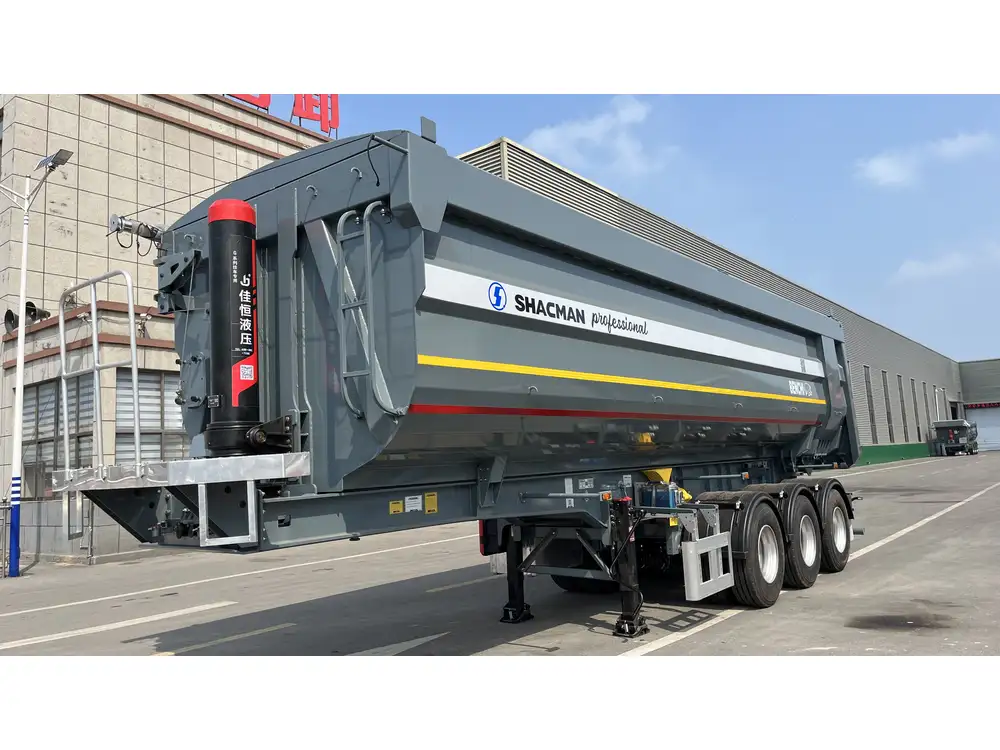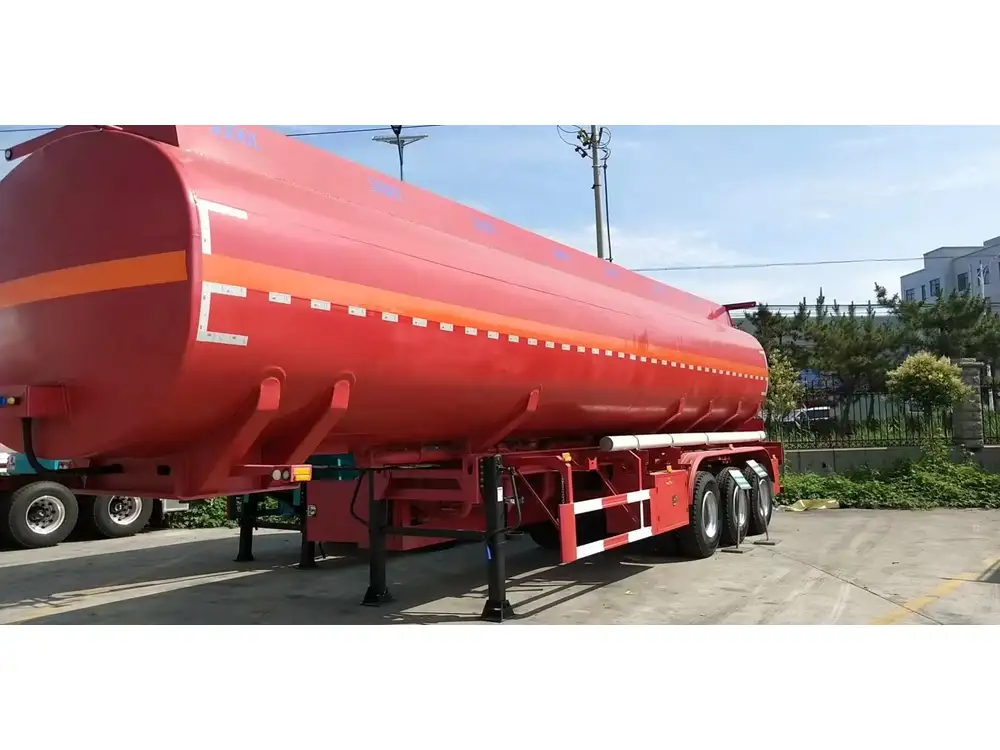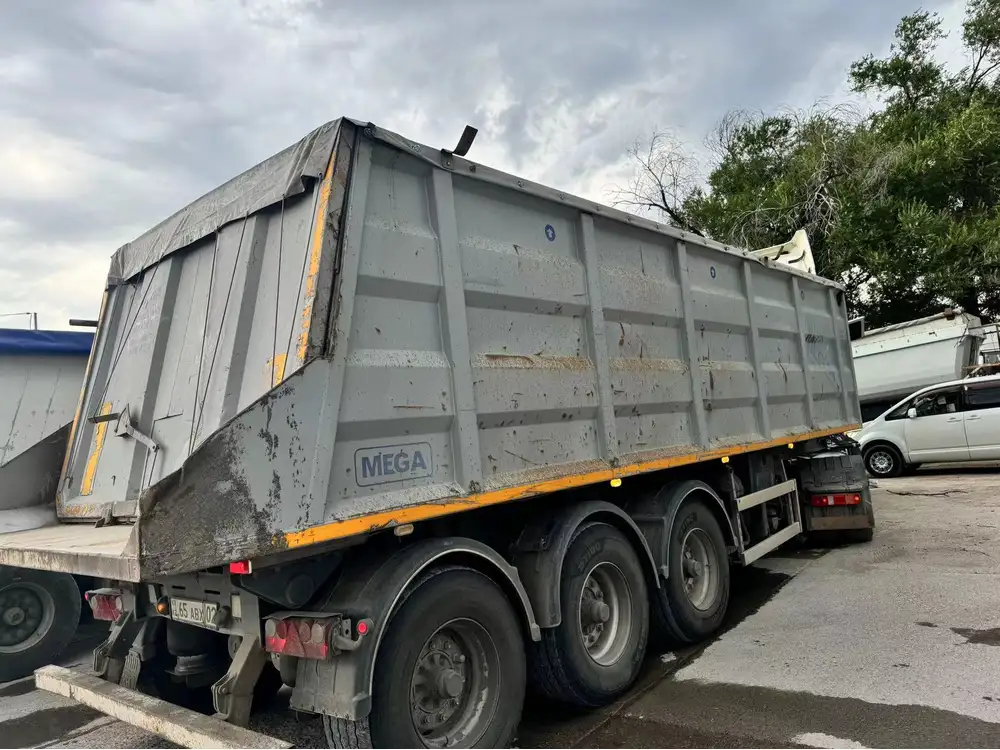Gas tanker trucks play a crucial role in transporting gasoline and other petroleum products. Their capacity and specifications determine efficiency, safety, and operational costs. This article aims to dissect the intricacies surrounding gas tanker truck capacities, specifically focusing on how many gallons a gas tanker truck can hold, along with other relevant details to enrich your understanding of these vital vehicles in the logistics and transportation industry.
What is a Gas Tanker Truck?
A gas tanker truck, often referred to as a fuel tanker, is a specialized vehicle designed for the transportation of liquid fuels, such as gasoline, diesel, and other petroleum products. These trucks come in various sizes and configurations, tailored to meet the specific needs of fuel transportation.
Key Components of a Gas Tanker Truck
- Tank: The main body that holds the liquid fuel. Tanks are constructed from high-strength materials to withstand the corrosive nature of fuels.
- Pumping System: Facilitates the loading and unloading of fuel efficiently.
- Safety Features: Includes spill containment measures, emergency shut-off valves, and venting systems to manage pressure and prevent explosions.
- Chassis and Axles: Designed to support the tank and handle the weight of the fuel, ensuring stability during transport.
- Control Systems: For monitoring fuel levels and maintaining safety during transit.

Gallon Capacity of Gas Tanker Trucks
The capacity of a gas tanker truck can vary significantly depending on the design and purpose of the vehicle. Most commonly, gas tanker trucks hold between 5,000 to 11,600 gallons of fuel, though there are specialized tanker trucks that can carry even larger loads. Here’s a detailed breakdown of the common classifications:
Typical Sizes of Gas Tanker Trucks
| Type of Gas Tanker Truck | Typical Capacity (Gallons) | Uses |
|---|---|---|
| Small Tankers | 5,000 to 6,500 | Local fuel delivery, smaller gas stations |
| Mid-Size Tankers | 7,500 to 10,000 | Regional transportation, larger commercial clients |
| Large Tankers | 11,000 to 11,600 | Bulk fuel distribution, major oil companies |
Factors Influencing Capacity
- Regional Regulations: Some states and regions impose restrictions on the maximum allowed capacities for road transport, influencing the designs of tanker trucks accordingly.
- Tank Design: Multi-compartment tanks can carry different types of fuels without contaminating them, often reducing overall capacity for a more versatile operation.
- Vehicle Configuration: The number of axles and overall vehicle design can affect how much fuel it can carry while maintaining compliance with safety regulations and road laws.

Safety Concerns and Regulations in Fuel Transportation
Transporting fuel entails significant safety risks, necessitating rigorous regulations and adherence to best practices. Here’s how safety protocols enhance the reliability of gas tanker trucks:
Key Regulations
- Department of Transportation (DOT) Standards: Mandates specific requirements for design, equipment, and operation.
- Environmental Regulations: Compliance with guidelines to prevent spills and groundwater contamination.
- Material Standards: Tanks must be made from durable materials that can withstand various temperatures and pressures.
Safety Features
- Emergency Response Protocols: Drivers receive ongoing training in emergency procedures.
- Tank Inspections: Regular inspections are mandated to detect leaks or structural weaknesses.
- Spill Prevention Systems: Many tankers are equipped with containment systems to mitigate the impact of accidental spills.

Advantages of Larger Capacity Gas Tanker Trucks
While smaller tankers can be more agile for local deliveries, large-capacity gas tanker trucks offer distinct advantages:
Cost Efficiency
Transportation of larger quantities in a single trip reduces fuel costs and operational expenses. This aspect becomes crucial when calculating return on investment for logistics companies.
Reduced Environmental Impact
Fewer trips needed to transport the same amount of fuel means a lower carbon footprint. Large-capacity trucks facilitate improved sustainability in fuel distribution operations.

Demand Fulfillment
In high-demand scenarios, large-capacity trucks ensure that fuel is delivered in a timely manner, meeting market needs without delays.
Comparisons: Gas Tanker Trucks vs. Other Tanker Types
In the landscape of transportation infrastructure, gas tanker trucks stand out, but how do they compare with other types?
| Type of Tanker | Typical Capacity (Gallons) | Common Use Cases |
|---|---|---|
| Gas Tanker Trucks | 5,000 – 11,600 | Transporting gasoline and diesel |
| Chemical Tankers | 6,000 – 12,000 | Transporting hazardous chemicals |
| Water Tank Trucks | 1,000 – 4,000 | Supplying water for firefighting and construction |
| Milk Tankers | 5,000 – 8,500 | Transporting raw milk from farms to processing plants |
Innovations in Gas Tanker Design
As technology advances, the design of gas tanker trucks is evolving to maximize efficiency and safety:

Smart Tank Trucks
Equipped with IoT technology, smart tankers offer real-time data on fuel levels, GPS tracking for route optimization, and automated safety checks. This tech-driven approach enhances operational efficiency and minimizes human error.
Lightweight Materials
The use of advanced composite materials in construction allows for increased payload capacities without sacrificing safety or durability. These innovations lead to improved fuel efficiency during transportation.
Increased Automation
Automated loading and unloading systems reduce the need for manual labor, streamline operations, and minimize the chance of spills and accidents, enhancing overall safety.

Conclusion: The Future of Gas Tanker Trucks
Gas tanker trucks remain a critical component of the global supply chain, facilitating the movement of fuel essential for everyday life. Understanding their capacity, safety protocols, and innovative designs offers insights into the efficiency and reliability of fuel transportation in today’s economy.
By consistently adhering to safety regulations, leveraging technological advancements, and optimizing fleet operations, manufacturers and logistics companies can respond effectively to the growing demands of fuel transportation.
This comprehensive exploration not only addresses the core question of how many gallons gas tanker trucks can hold but also strategically contextualizes this knowledge within industry standards, safety measures, and future innovations. The continued development in this sector assures stakeholders of efficient, safe, and sustainable fuel transportation as we look to the future.



